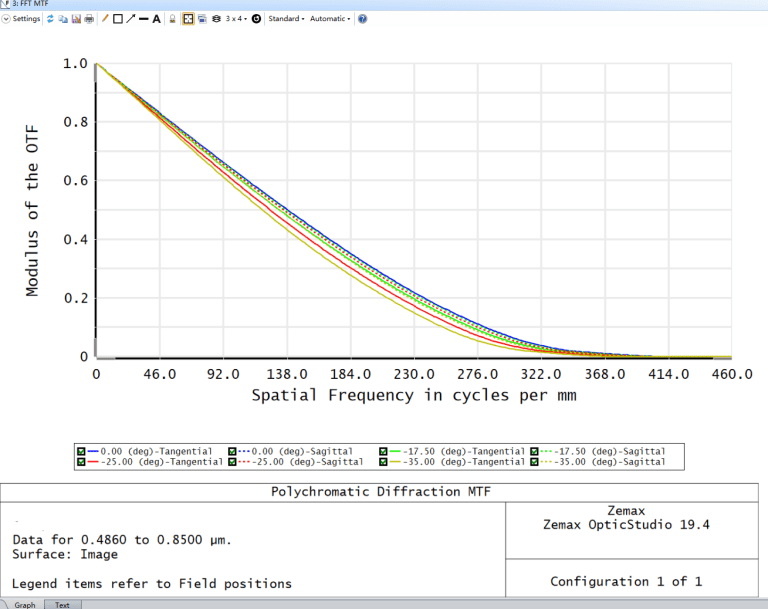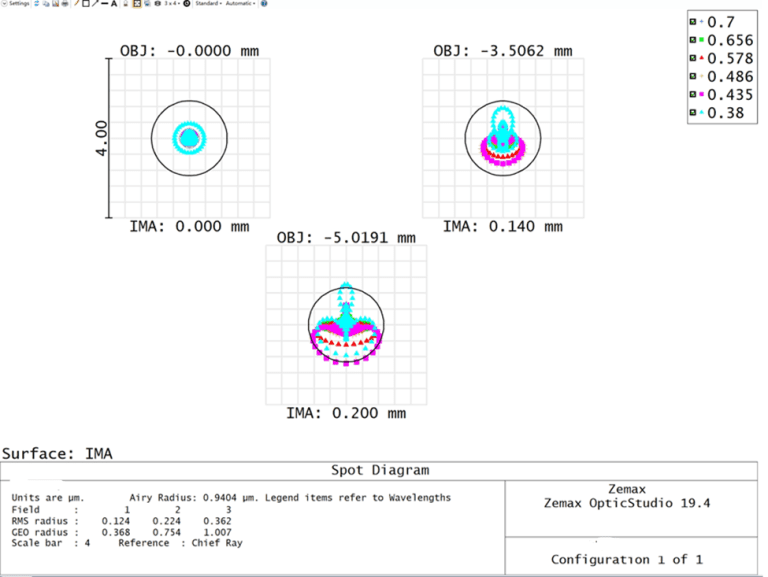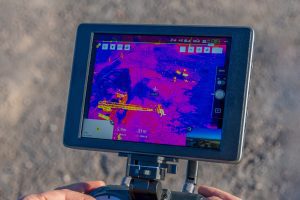Key Takeaways
- The 25X objective lens in mass spectrometers ensures high resolution and excellent imaging quality in both high and low temperature conditions, significantly benefiting materials science research.
- Its enhanced magnification allows precise observation and analysis, crucial for fields like earth science, environmental science, and metallurgy.
- The lens’s advanced design reduces production costs while maintaining superior performance, making it highly competitive in the market.
- Optimized for extreme environments, the lens meets stringent adhesion and sealing standards, ensuring long-term stability and reliability in various scientific applications.
Versatile Applications and Impact of the 25X Objective Lens
The 25X objective lens is used in Isotope Ratio Mass Spectrometer (IRMS) systems and significantly impact diverse fields such as earth science, environmental science, metallurgy, semiconductors, and materials science. Its enhanced magnification enables more precise observation and analysis of microscopic samples, offering researchers extensive opportunities for detailed exploration. This 25x objective lens is used in a lot of domains, underscoring its importance in refining resolution, in accurate detection, and in the advancement of the comprehension of material properties. This lens proves to be indispensable in contributing to both scientific research and technological progress.
Project Overview
This custom designed 25X objective lens, used for the mass spectrometer system, is well-suited for instruments dedicated to the research of the separation and detection of various isotopes. Operating on the principle of charged particles being deflected in an electromagnetic field, the lens facilitates the separation and detection of substances based on differences in the mass of material atoms, molecules, or molecular fragments. This capability enables a detailed analysis of the composition of substances, which contribute to advancements in understanding the mass spectrometer of different isotopes.


Ensuring high resolution in both high and low temperature environments
Ensuring high resolution in both high and low temperature environments is crucial for this project, especially with special requirements for adhesion and for the bonding process, directly impacting the sealing and dust-free within the objective lens. This imposes stringent requirements on our equipment. In high temperature environments, materials must resist heat expansion and maintain structural integrity. Advanced cooling systems and thermal insulation are typically employed to stabilize the equipment. In low temperature environments, the prevention of freezing of instrument components and the ensuring of consistent performance are paramount. Material insulation and effective temperature control mechanisms are utilized to prevent temperature induced deformations. The entire adhesion and sealing process adheres to high standards to ensure stable equipment operation in extreme temperature conditions.
- Adhesive Selection: Selecting suitable adhesives is critical for high and low temperature environments. In high temperatures, adhesives need excellent heat resistance, resistance to expansion, and minimal decomposition. In low temperatures, adhesives should possess good flexibility and resistance to becoming brittle, ensuring adhesion is maintained even in extremely cold conditions.
- Bonding Process: The bonding process requires precise control to ensure uniform adhesive application and reliable sealing. In high temperature environments, attention must be given to adhesive flow characteristics and curing time to prevent uneven application or loss during the process. In low temperature environments, it’s essential to ensure that adhesive coating and adhesion properties are not affected by temperature variations.
- Sealing Integrity: Sealing integrity during the bonding process is crucial, especially in high and low temperature conditions. Sealing not only affects equipment performance but also prevents external particles and dust from entering the system, ensuring long-term stability.
- Dust-Free Requirements: The bonding process needs to be conducted in a dust-free environment to prevent dust and particles from entering the adhesive coating, affecting the sealing effectiveness. This may require work to be conducted in a clean or similar environment, so there is the need to implement appropriate measures to ensure workplace cleanliness.
Lens Performance
Through our meticulously optimized design, our product exhibits significant advantages over objective lenses from word leading companies. Firstly, we have successfully reduced production costs, enhancing the competitiveness of our lenses in the market. By employing intelligent design processes and efficient manufacturing technologies, we have streamlined production costs, providing customers with a more cost-effective choice. Secondly, we focus on elevating imaging quality by optimizing optical configurations and by utilizing high-quality lens materials. Our lenses deliver clearer and more authentic image reproduction, which enhancs users’ observational experiences and practicality in the fields of materials science and molecular research.
- High Resolution: Avantier employs advanced technological approaches, utilizing precise manufacturing processes and optimized optical components to achieve higher resolution levels. This ensures our lenses can accurately depict microscopic structures and details, offering a reliable tool for materials science and molecular research.
- Manufacturing Processes: Avantier has further optimized product assembly processes, particularly in specialized sealing, adhesive application, and meeting high dust-free requirements. This results in our company’s products boasting higher resolution, a larger field of view, and an extended working distance in both high and low temperature environments, thus catering to the demanding needs of materials science and molecular research.
Conclusion
The 25X objective lens significantly enhances mass spectrometer applications in earth science, environmental science, metallurgy, semiconductors, and materials science. With an optimized design, it ensures high resolution in diverse temperatures while meeting stringent adhesion and sealing standards. Outperforming competitors, our lens not only reduces costs but also elevates imaging quality, so it excels in materials science and molecular research. Its indispensable role makes it a valuable asset for scientific advancements. Additionally, the incorporation of features like a large NA(numerical aperture), a long working distance, a high resolution, and a wider FOV(field of view) enhances the lens’s overall performance in meeting the demands of modern research and technology.
GREAT ARTICLE!
Share this article to gain insights from your connections!




